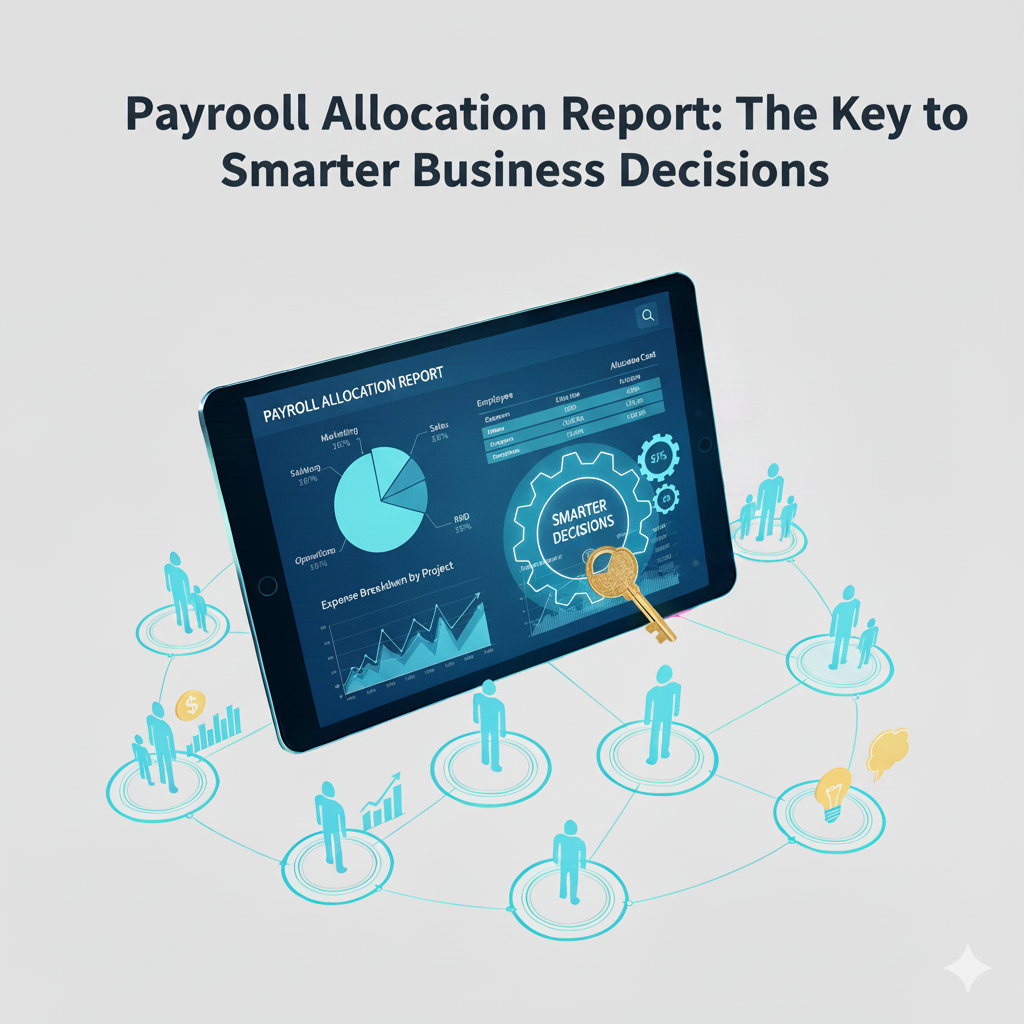Address
Kaypian, San Jose Del Monte City, Bulacan Philippines
Work Hours
Monday to Friday: 8AM - 6PM
Weekend: 10AM - 5PM
Address
Kaypian, San Jose Del Monte City, Bulacan Philippines
Work Hours
Monday to Friday: 8AM - 6PM
Weekend: 10AM - 5PM


Integrated HR. Accurate Payroll.


Integrated HR. Accurate Payroll.

Payroll isn’t just about paying employees — it’s also one of the largest expenses for any organization. Knowing exactly where payroll funds are going helps businesses stay financially healthy, plan budgets, and optimize resources. This is where the Payroll Allocation Report in a Human Resource Information System (HRIS) becomes an essential tool for HR and finance teams.
In this article, we’ll explore what payroll allocation reporting is, why it’s so important, and how you can use it to make better financial and workforce decisions.
A Payroll Allocation Report breaks down payroll expenses across different categories — such as departments, branches, projects, or cost centers.
Instead of viewing payroll as a single lump sum, this report provides a detailed allocation of:
Modern HRIS platforms generate this report automatically, pulling data from attendance, payroll processing, and employee records — giving HR and finance teams a clear picture of where every peso is spent.
Knowing exactly how much each department, branch, or project costs helps management make informed decisions about resource allocation.
By reviewing payroll allocation data, finance teams can forecast future expenses more accurately and set realistic budgets.
With clear visibility of payroll spending, HR can identify areas where labor costs are too high and take corrective action — such as optimizing schedules or redistributing staff.
Payroll allocation can be compared against department output or project revenue to measure efficiency and ROI.
For businesses with multiple locations, the report makes it easy to see which branches have the highest payroll costs and whether adjustments are needed.
When choosing an HRIS, look for payroll allocation reporting that offers:
Both private companies and Local Government Units (LGUs) can gain from payroll allocation reporting by:
A Payroll Allocation Report is more than just a financial document — it’s a strategic tool for managing labor costs, improving budgeting accuracy, and making smarter business decisions.
By leveraging your HRIS to generate detailed payroll allocation reports, you can enhance transparency, control expenses, and align workforce spending with organizational goals.
If you’re still manually breaking down payroll data, now is the time to adopt a modern HRIS & Payroll System with automated allocation reporting. It will save you hours of work and provide the insights you need to grow your business efficiently.